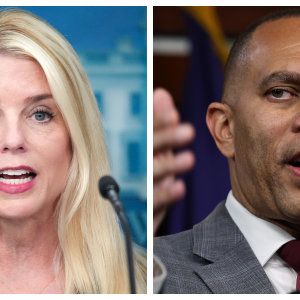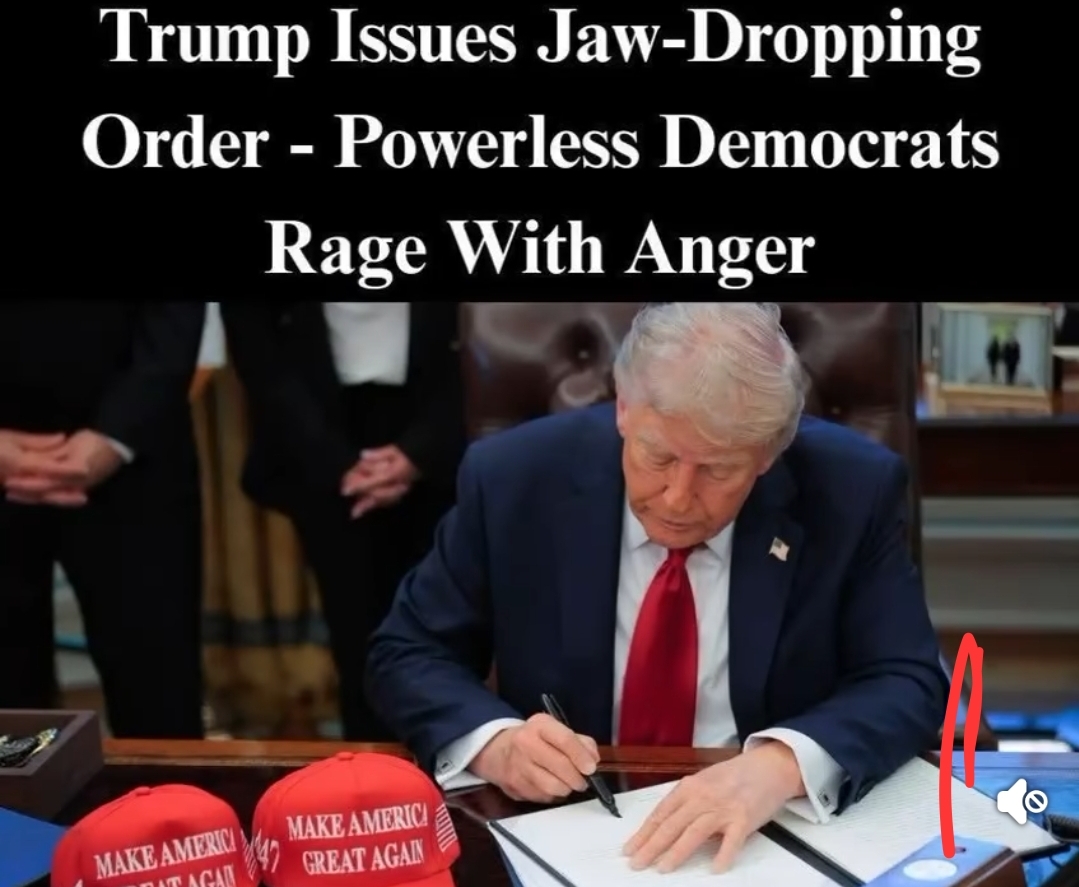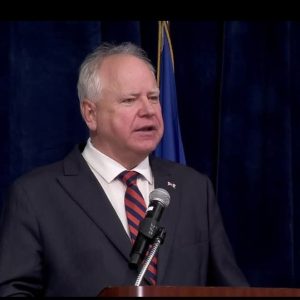Supreme Court Narrows Environmental Reviews for Infrastructure Projects, Marking a Pivotal Shift in Federal Policy
The U.S. Supreme Court has issued a sweeping decision that reshapes how federal agencies evaluate environmental impacts for major infrastructure projects, limiting the scope of review required under the National Environmental Policy Act (NEPA). The ruling, authored by Justice Brett Kavanaugh with no dissent, has the potential to speed up the permitting process for highways, airports, pipelines, and railroads — while simultaneously raising alarms among environmental advocates who argue the move undermines one of the most fundamental protections enacted during the modern environmental movement.
At the heart of the case was an 88-mile railway designed to transport waxy crude oil from Utah’s Uinta Basin to the national rail network, a project with far-reaching implications for the oil and gas sector and the communities affected by the expansion of fossil fuel transport. Environmental groups argued that the federal government’s review failed to account for downstream consequences, such as increased refining and the greenhouse gas emissions that would follow. The Surface Transportation Board (STB), the federal agency responsible for the project’s approval, limited its analysis to the railway itself, excluding broader oil production and refining impacts.
The Supreme Court sided with the Board. Writing for the Court, Justice Kavanaugh declared that NEPA is “a procedural cross-check, not a substantive roadblock,” and that courts should avoid “micromanaging agency choices so long as they fall within a broad zone of reasonableness.” Justice Neil Gorsuch recused himself from the case, while the Court’s three liberal justices — Sonia Sotomayor, Elena Kagan, and Ketanji Brown Jackson — concurred with the outcome but emphasized different rationales.
The ruling has sent shockwaves across Washington, statehouses, corporate boardrooms, and environmental advocacy circles. For industry leaders, the decision represents a victory that promises faster project approvals and fewer legal hurdles. For environmentalists, it marks another setback in a string of recent Supreme Court decisions narrowing federal regulatory authority over climate and ecological protections.
I. The Case at Hand: A Railway Through Utah’s Uinta Basin
The case arose from a proposed railway in eastern Utah’s Uinta Basin, a region known for producing “waxy crude,” a dense petroleum product that requires specialized transport. The railway would connect oil fields in Utah to the broader U.S. rail system, making it easier to ship crude to refineries across the country. Proponents argue the project could be transformative for the region’s economy, unlocking billions in energy revenue, creating thousands of jobs, and reducing truck traffic on local highways.
Critics, however, argue that the project carries heavy environmental costs. Beyond the immediate disruption to wildlife habitats, air quality, and water resources in Utah, environmentalists emphasize the “downstream effects”: more oil extracted means more oil refined and burned, contributing to carbon emissions at a time when scientists warn that the world must sharply cut fossil fuel use to avoid the most catastrophic consequences of climate change.
The Surface Transportation Board reviewed the project as required under NEPA but chose to limit its scope. The Board assessed the environmental impacts of constructing and operating the railway itself — land disturbance, local pollution, and rail safety — but did not extend its analysis to cover the broader oil production and refining enabled by the railway. Environmental groups sued, arguing that the omission violated NEPA’s intent.
Lower courts were divided, with some siding with the environmentalists’ broader interpretation. The Supreme Court’s decision to grant certiorari signaled the case’s national importance, not only for the fate of one Utah railway but for how the federal government will handle environmental reviews across sectors.
II. The Court’s Reasoning: NEPA as Procedure, Not Policy
Justice Kavanaugh’s opinion hinged on a narrow reading of NEPA’s requirements. Passed in 1970, NEPA mandates that federal agencies prepare environmental impact statements (EIS) for major projects significantly affecting the environment. Over time, NEPA reviews have grown into elaborate assessments, often spanning thousands of pages and years of bureaucratic process.
Kavanaugh wrote that NEPA is intended to ensure agencies make informed decisions — not to dictate substantive outcomes or empower courts to second-guess agencies’ judgments. “Simply stated, NEPA is a procedural cross-check, not a substantive roadblock,” Kavanaugh explained.
The Court emphasized deference to agency expertise, arguing that agencies should not be forced to analyze environmental effects beyond their jurisdiction or expertise. In this case, the STB deals with transportation infrastructure, not oil refining or climate policy. Thus, requiring the Board to assess downstream emissions would be an unreasonable expansion of its mandate.
Justice Sotomayor, concurring for the liberal justices, agreed with the result but stressed a slightly different principle: agencies should only be responsible for considering environmental impacts within their direct decision-making authority. “Here, the Board correctly determined it would not be responsible for the consequences of oil production upstream or downstream from the railway,” she wrote.
The unanimity of the ruling — despite different rationales — underscored the Court’s shared skepticism toward expansive interpretations of NEPA.
III. Gorsuch’s Recusal and Questions of Ethics
Justice Neil Gorsuch, who grew up in Colorado and has longstanding ties to the Mountain West, recused himself from the case without providing a detailed explanation. His absence drew attention after Democrats on Capitol Hill highlighted that Denver-based billionaire Philip Anschutz, a Gorsuch ally, had a financial interest in the project’s outcome.
Although recusals are not uncommon, the lack of explanation has fueled debates about the Court’s transparency on ethical matters. Critics argue that potential conflicts of interest highlight the need for stronger Supreme Court ethics rules. Still, the recusal did not alter the outcome, as the decision was unanimous among the remaining justices.
IV. The History of NEPA: Nixon’s Legacy in the Balance
Signed into law in 1970 by President Richard Nixon, NEPA is widely regarded as a cornerstone of the modern environmental movement. It established a framework requiring federal agencies to consider environmental consequences before approving major projects, embedding ecological considerations into federal policymaking.
NEPA has been celebrated for increasing government transparency and public participation. Citizens, advocacy groups, and state governments can review environmental impact statements and challenge projects they believe inadequately account for environmental risks.
Yet NEPA has also drawn criticism — particularly from business groups, developers, and politicians who argue the process has become overly burdensome. Environmental impact statements can take years to complete, involve thousands of pages of documentation, and often face litigation that delays projects indefinitely.
President Donald Trump frequently criticized NEPA, calling it a “roadblock” to American competitiveness. In 2020, his administration rolled back several NEPA requirements, seeking to accelerate infrastructure development. President Joe Biden has since restored some of those provisions, but the Supreme Court’s decision now reshapes the framework at a judicial level.
V. A Pattern of Supreme Court Environmental Rulings
This case is not an isolated event. It fits into a broader pattern of Supreme Court decisions narrowing federal regulatory authority in environmental matters:
West Virginia v. EPA (2022): The Court limited the EPA’s ability to regulate carbon emissions from power plants, applying the “major questions doctrine.”
Sackett v. EPA (2023): The Court weakened federal protections for wetlands, restricting the EPA’s authority under the Clean Water Act.
Ohio v. EPA (2024): The Court blocked an EPA plan aimed at curbing cross-state air pollution.
Together, these decisions represent a significant shift away from expansive federal environmental oversight and toward more constrained interpretations of regulatory power.
VI. Industry Reactions: A Win for Infrastructure
Business and industry groups celebrated the ruling as a victory for efficiency and economic growth. The American Petroleum Institute praised the decision, arguing that it would “cut red tape and unlock vital infrastructure projects critical to energy security.”
The Chamber of Commerce highlighted the decision’s potential to accelerate transportation, energy, and manufacturing projects that often face years of delays. “This ruling restores balance,” a spokesperson said, “ensuring agencies focus on what they know best and allowing projects to move forward without unnecessary holdups.”
Railroad companies and construction trade unions, many of which supported the Utah project, also applauded the decision. They pointed to job creation and regional development as key benefits.
VII. Environmentalists’ Response: A Dangerous Precedent
For environmental groups, however, the ruling represents a serious setback. The Natural Resources Defense Council warned that excluding downstream impacts from NEPA reviews creates blind spots that could exacerbate climate change.
“Pretending that oil extraction and burning are not part of the environmental equation is shortsighted and dangerous,” said an NRDC spokesperson. “This decision narrows the lens at precisely the moment we need to see the full picture.”
The Sierra Club echoed the concern, arguing that the Court’s approach strips NEPA of its original intent. “NEPA was never meant to be a check-the-box exercise,” the group said. “It was designed to ensure our government makes choices with full awareness of their environmental consequences.”
VIII. Political Fallout: Trump, Biden, and the 2024 Election Cycle
The decision arrives at a politically charged moment. Former President Trump has long advocated for deregulation in environmental policy, framing it as essential for American economic growth and energy independence. He frequently mocked NEPA’s lengthy assessments during his presidency.
President Biden, by contrast, has sought to balance environmental protections with infrastructure expansion, particularly under the Infrastructure Investment and Jobs Act (IIJA). His administration defended the STB’s decision in this case, signaling a pragmatic acceptance of more limited reviews.
As the 2024 election cycle intensifies, the ruling is likely to become a talking point in debates over energy, climate, and infrastructure. Republicans are expected to champion the decision as a victory against bureaucracy, while Democrats face the challenge of reconciling climate commitments with legal constraints.
IX. Broader Implications for Future Projects
The Court’s decision will likely influence a wide range of infrastructure projects across the country. From highways and airports to oil pipelines and renewable energy facilities, federal agencies may feel emboldened to narrow the scope of environmental reviews, focusing only on direct impacts and avoiding broader downstream effects.
Critics warn this could create a two-tiered system: projects with immediate, local impacts will face scrutiny, while larger systemic issues like climate change will fall outside the review process.
“This case is about more than one railway in Utah,” said a professor of environmental law at Georgetown University. “It’s about whether our environmental laws are equipped to handle 21st-century challenges like climate change. The Court’s answer seems to be: not really.”
X. Voices from Utah: Local Communities Speak
In Utah, reactions are mixed. Supporters in the Uinta Basin see the project as an economic lifeline. Local officials have championed the railway as a way to diversify the region’s economy and reduce truck traffic, which has long plagued rural highways.
Tribal groups and environmental activists in the state, however, worry about risks to sacred lands, wildlife corridors, and water supplies. “Our voices are often drowned out by corporate interests,” said one tribal leader. “This decision makes it even harder to ensure our lands are protected.”
XI. Conclusion: The Future of NEPA and U.S. Environmental Policy
The Supreme Court’s ruling on the Uinta Basin railway marks a watershed moment for environmental law. By narrowing the scope of NEPA reviews, the Court has effectively shifted the balance between environmental protection and economic development toward the latter.
For industries and developers, the decision promises faster approvals and reduced litigation risk. For environmentalists, it raises fears of unchecked projects contributing to ecological degradation and climate change.
Ultimately, the ruling underscores a fundamental tension in American governance: how to reconcile the nation’s need for infrastructure and energy with the urgent call to address environmental challenges. As Justice Kavanaugh wrote, NEPA is not meant to “paralyze” decision-making. Yet for those worried about the planet’s future, paralysis may feel preferable to blind acceleration.
The next battles will unfold not only in the courts but also in Congress, state legislatures, and communities across the country. Whether NEPA remains a meaningful safeguard or becomes a procedural formality may depend less on the words of the statute than on the political will of the nation.









